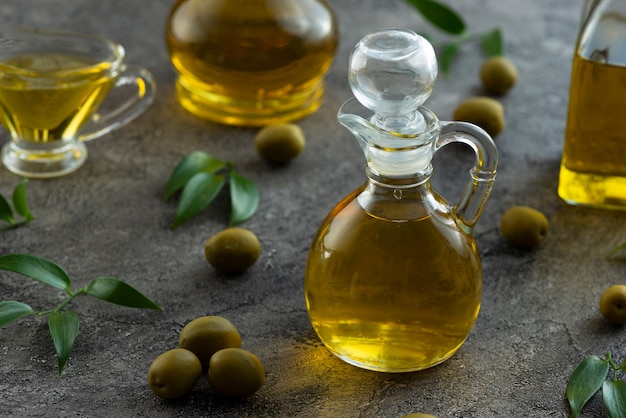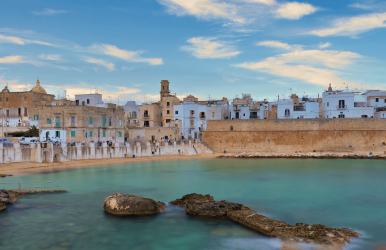How Much Time To Spend In Italy
BY Abdul Aziz Jul 4, 2023
Well, the question itself is a determinant of Italy being a splendid destination. But first-time travelers might think about how many days they should actually stay there. Are you one of them? Then, you have landed at the right place because this informative guide gives you detailed insight. Italy is a captivating country known for its rich history, vibrant culture, and stunning landscapes. The 20 regions existing here have their own identity. No matter how long you stay in the country, you might feel that you are running out of time. Today, I will give you a comprehensive idea of how to explore the country if you have limited days on your hand. Factors That Let You Decide Your Stay Duration In Italy Planning the duration of your visit is crucial to ensure you make the most of your time and experience all that Italy has to offer. Here are some helpful tips to consider when deciding how much time to spend in Italy. Consider Your Priorities: Start by identifying your main interests and priorities for the trip. Are you more drawn to historical landmarks, art and architecture, culinary experiences, or scenic beauty? Understanding your preferences will help determine the regions and cities in Italy that align with your interests. It is technically not possible to explore the 4,600 coastline, no matter how long your vacation is. Amidst gorgeous beaches, soul-calming villages, and tourist attractions, Italy is certainly a place worth discovering. So, ensure you know your priorities well. Get to know a map of abruzzi italy or whichever region it is you're travelling to and plan a route with key points of interest that you want to visit. It makes no sense to spend a thousand dollars just to figure out what you want from the vacation. Leave Room For Spontaneity: While it's essential to have a general plan, leave some flexibility in your itinerary. Serendipitous discoveries often make for the most memorable experiences. Allow yourself the freedom to wander off the beaten path, stumble upon hidden gems, and embrace the unexpected. Italy is a place where magic happens. The only thing you should be concerned about is the pickpockets. Don’t fall for any scam, and you are good to go. Leave some room to discover the place strategically. Explore The Highlights: To get a comprehensive taste of Italy, it is recommended to spend at least two weeks in the country. This timeframe allows you to explore the iconic cities of Rome, Florence, and Venice, as well as the breathtaking Amalfi Coast, Tuscany's picturesque countryside, and the charming villages of Cinque Terre. The island culture of the nation is no less mesmerizing. There are more than 450 beaches which certainly attract tourists. Don’t forget to head over to Sicily, which is a small country on its own. Tremiti Islands and the Aeolian give you an unparalleled experience. Focus On Specific Regions: If you have limited time, consider narrowing your focus to specific regions. For example, spending a week in Tuscany allows you to delve into its art, history, and world-renowned wines. Alternatively, dedicating a few days to the Amalfi Coast lets you indulge in the beauty of the Mediterranean Sea and visit the historic town of Pompeii. If you prioritize luxury over everything else, you might want to head over to Sardinia’s Costa Smeralda. It is a hotspot that makes everything look alluring on Instagram posts. A trip to Italy will be worth it when you explore some of its off-beat destinations. Factor In Travel Time: When planning your itinerary, account for travel time between destinations. Italy's efficient train system makes it easy to get around, but some journeys can be lengthy. Consider the time it takes to travel between cities and ensure you have enough time to explore and relax at each location without feeling rushed. While personal transport can be a bit hefty on your part, local transportation has always got your back. Make sure you rely on them as you have various other places to spend extravagantly. Why waste your precious dollars on a commute that is possible with local options? Embrace The Slower Pace: Italy is a country that encourages leisurely exploration and savoring the moment. Allow yourself time to enjoy a leisurely stroll through the streets, sip coffee at a local café, or people-watch in a piazza. Don't try to cram too many activities into a day; instead, focus on quality experiences and immerse yourself in the Italian way of life. In case you have limited time on your hands, make a list of a few places. But make sure to explore them at their best. The only thing you should carry back on your way home is the memories, not the regrets. Explore each destination at a slow pace, and make the most of your time. Consider Seasonal Factors: The time of year you visit Italy can greatly impact your experience. Summer months can be crowded with tourists, especially in popular destinations, while spring and autumn offer milder weather and fewer crowds. Winter is ideal for those interested in skiing in the Italian Alps or exploring the cultural delights of cities like Rome and Florence without the usual tourist crowds. In general, the country experiences an overall wonderful weather. Don’t forget to consider the season when making plans to explore the country. If you are willing to visit the beaches, summer is the best time to visit the country. Seek Local Insights: To truly immerse yourself in the Italian culture, seek recommendations from locals. Not everything is found in journals, maps, and Google. There are certain things that are best when discovered physically. Italy is a wonderful destination with people from all walks of life. Thus, engage in conversations with residents, ask for their favorite restaurants or hidden spots, and be open to their suggestions. Their insights will provide you with unique experiences that may not be found in guidebooks. The Bottom Line… Pack Your Bags To Italy In conclusion, the amount of time you spend in Italy depends on your interests, priorities, and the experiences you wish to have. Whether you have a few days or a few weeks, careful planning and a willingness to embrace the Italian lifestyle will ensure you have a memorable and fulfilling trip. Read Also: Top 10 Famous Wonders Of India Where Can You Fully Immerse Yourself In Ancient Culture On Holiday? The Top 5 Reasons To Visit Edinburgh: From Castles To Culture, This City Has It All!















